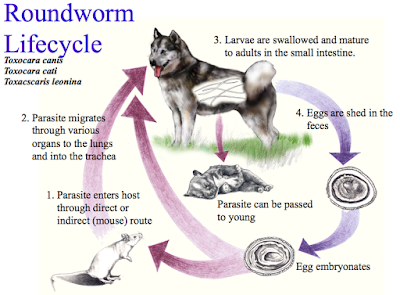Pet Ownership Positively Affects Your Kids in More Ways Than One
Experts say a child's physical, social, emotional and cognitive development can all be encouraged by interaction with the family pet.
Having a pet helps kids improve their motor skills and also just increases overall activity.
In fact, a 2010 study showed that kids in England who had a dog exercised on average 11 minutes more a day than other children who didn't have a dog. Doesn't sound like a whole lot, but a little bit of exercise every day can be seriously beneficial to children.
You know how the saying goes: "Dog is man's best friend" — which is true. But pets can actually help people make new human friends too.
For children especially, pets can be a wonderful catalyst for socializing. Children are more prone to approach and interact with another child who is playing with an animal, so a pet can be the bridge between a less socially outgoing child and other potential playmates.
“Pet ownership appears to be a significant factor for facilitating social interaction and friendship formation within neighborhoods,” Dr. Lisa Wood, associate professor at the University of Western Australia, wrote in her recent study via Harvard Health Publications. “For pet owners, this also translates into new sources of social support, both of a practical and emotionally supportive nature.”
And kittens and puppies aren't the only pets that can help kids make friends, Wood's study showed that other kinds of pets, including rabbits and snakes, can also be catalysts for making friends and finding social support.
Emotional
"Children with low-self esteem may talk to, or confide in, an animal in ways they would not with people," the PHC reports. "They are often more confident in performing tasks they find difficult with an animal simply because the animal does not care if mistakes are made, nor will the child be afraid of looking silly in front of the animal."
Makes sense, right? A pet is basically a source of unconditional love who provides support but never judges.
Moreover, kids with pets tend to be more capable of showing empathy to other people because they learn how to nurture their animal.
Cognitive
The study done on second-graders showed that the ones who read aloud to a dog actually made bigger strides in their reading ability than their peers who read out loud to an adult — possibly due to the dog's ability to help reduce a child's stress and the fact that a dog provides nonjudgmental support.
Having a pet might also encourage a child to learn more about animals in general and in turn foster an appreciation for research and science.
Adopting a pet is a huge commitment and shouldn't be taken lightly, but it might be the best thing you could ever do for your kids' childhood experience.














